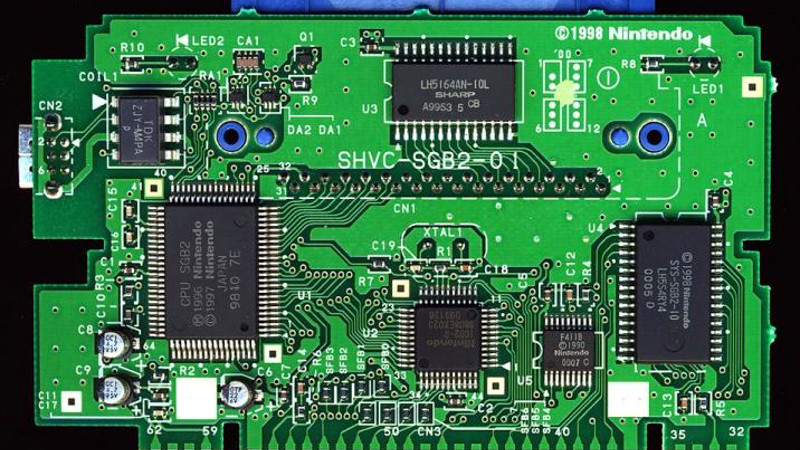Classic games consoles played their games from cartridges, plastic bricks that held a PCB with the game code on it ready to be run by the console hardware. You might therefore expect them to be an easy prospect for emulation, given that the code can be extracted from whatever ROM they contain. But as anyone with an interest in the subject will tell you, some cartridges included extra hardware to boost the capabilities of their games, and this makes the job of an emulator significantly more complex.
[Byuu] has penned an article exploring this topic across a variety of consoles, with in-depth analyses of special-case cartridges. We see the obvious examples such as the DSP coprocessors famously used on some SNES games, as well as Nintendo’s Super Game Boy that contained an entire Game Boy on a chip.
But perhaps more interesting are the edge-case cartridges which didn’t contain special hardware. Capcom’s Rockman X had a copy protection feature that sabotaged the game if it detected RAM at a frequently used save game address emulated by copiers. Unfortunately this could also be triggered accidentally, so every one of the first generation Rockman X cartridges had a manually attached bodge wire that a faithful emulator must replicate. There is also the case of the Sega Genesis F22 Interceptor, which contained an 8-bit ROM where most cartridges for this 68000-powered platform had a 16-bit part. Simple attempts to copy this cartridge result in the upper 8 bits having random values due to the floating data lines, which yet again an emulator must handle correctly.
It’s a subject with a variety as huge as the number of console developers and their games, and a field in which new quirks are constantly being unearthed. While most of us don’t spend our time peering into dusty cartridges, we’re grateful for this insight into that world.
We’ve visited the world of emulators a few times before, such as when we looked at combatting in-game lag.
















A very small number of Atari 7800 cartridges contained a POKEY sound chip.
Such a stupid decision by Atari to give the 7800 better graphics than the 5200 but then give it worse audio and massively dumbed down controllers instead of just fixing the problems with the 5200 controllers.
I’ll take “things the MAME team have been aware of for years at this point due to being one of the only projects, even pre-dating higan, from emulating cartridges correctly rather than as monolithic blocks with a magic header” for $200, Alex.
It’s kind of a long Jeopardy category, but an interesting one.
Most certainly MAME did. My other article about color emulation is also nothing new.
I’m trying to bring light of these issues to the general public. MAME and higan are, regrettably, still outliers with game preservation.
The Super Game Boy wasn’t on a chip… It was an entire Game Boy that used the SNES as a display and input device. And a couple Game Boy titles actually used the SNES as an enhancement.
From the article “What you see here a complete Game Boy system built into a single chip”
You are correct, it is a mistake in the article. Byuu used a Super Game Boy 2, which has a Game Boy system on a single chip.
It is a Super Game Boy2.
Anyone know how to get the IPS (or ROM files) with the oldskool intros and trainers as they were released in the 90s on BBSs?
All the romsets I could find where ‘cleanrom’ or ‘ ‘no-intros’ but I want to have the full 90s experience.
That’s an interesting question.
Has anyone preserved the intros from the various groups?
It’d be somewhat neat to find a package of roms that were just the intros and not the games.
prob some in goodsets
A friend of mine makes cartridge reproductions as a hobby (It’s a good way to play impossible to find or hyper expensive games on the real hardware), and he has a deep knowledge about how various retro cartridge works. Some of them are very simple, but others are fairly complex. The simple ones can be made from scratch today from of the shelf parts (or abundant old stock) ordering a pcb, an eprom and bunch of resistors and capacitors; but the complex ones usually are impossible to make, so you need a compatible donor game with the “extra chips” you want, then you have to remove the roms/proms and replace them (and rewire some pins) with eproms that contains the game you want (I.E. use an snes game like vortex to make an starfox 2).
Also, there are carts without special chips but with huge and fairly complex pcbs, like the neogeo carts, that have two boards inside, and the boards have a fairly ammount of parts, some of them propietary chips, apart the usual roms/proms.